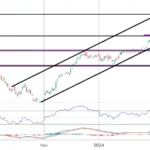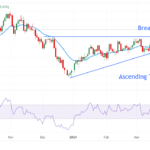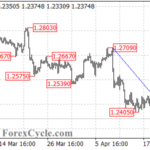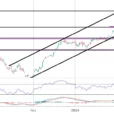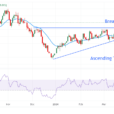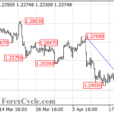

You’ve likely seen the reports: A whopping 44 percent of Americans wouldn’t be able to afford a $400 emergency expense without borrowing it or selling something. That’s according to the Federal Reserve’s findings in 2017. And earlier this year, financial services firm Bankrate reported that only 39 percent of Americans would be able to pay off an unexpected expense of $1,000 from their savings alone.
These figures have long-term implications. When someone doesn’t have enough in their savings account to cover an unexpected $400 to $1,000 emergency, it raises questions about how prepared they are for retirement.
So how does your savings account stack up to the average American’s? How about the top 1 percent’s? And just as a reminder, the entry point to the highest of earnings brackets is “only” $480,930 a year, according to 2015 income tax data.
How Does Your Savings Account Stack Up?
Personal finance firm MagnifyMoney recently looked at how much Americans have in savings, based on income level. As of June 2018, the average U.S. household has $175,510 in savings, including bank and retirement accounts. Compare that to the average household in the top 1 percent, which has close to $2.5 million in savings.
These are averages, remember. If we look at medians or the middle values of savings accounts, these numbers change dramatically. According to MagnifyMoney, the median American household has only $11,700 in the bank. This means that half of the approximately 126 million U.S. households have more than this, while the other half has less. The median top 1 percent savings account, by comparison, holds just under $1.2 million.
It’s clear that too few working-age Americans are preparing for retirement adequately, and many who are retired worry that they won’t be able to maintain the lifestyle they desire. According to the most recent Employee Benefit Research Institute (EBRI) survey on retirement confidence, only 32 percent of retirees—nearly a third—said they felt “very confident” in their ability to live comfortably during their years outside the workforce.




